Can Dwarf Sunflowers Grow in Pots? A Guide to Successfully Growing Sunflowers in Containers
Dwarf sunflowers can grow in pots. These compact sunflower varieties are well-suited for container gardening due to their smaller size and manageable growth habits.
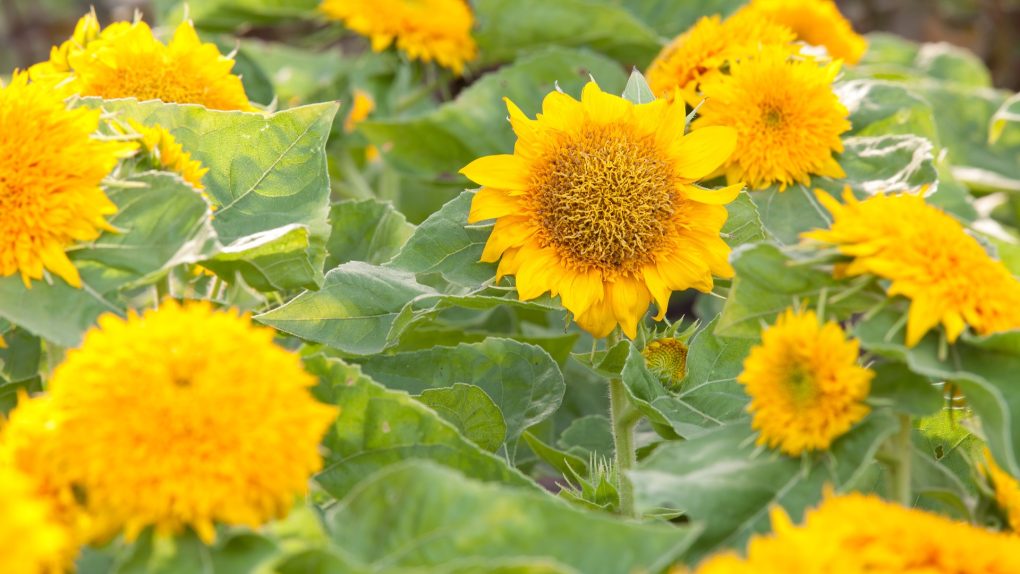
To successfully grow dwarf sunflowers in pots, choose a container with drainage holes and a diameter of at least 12 inches to provide ample space for root development. Use well-draining potting soil, ensure adequate sunlight (approximately 6-8 hours per day), and maintain consistent moisture levels. By following these guidelines, you can enjoy the beauty of dwarf sunflowers in any limited space.
Table of Contents
Choosing the Right Pot
When selecting a pot for your dwarf sunflowers, two factors need consideration: size and material.
Size of the Pot
Choosing the right pot size is essential for the growth and development of dwarf sunflowers. A pot that is too small can stunt their growth and negatively impact their health. Dwarf sunflowers require a smaller pot than their larger counterparts due to their smaller root system. According to Plantgardener, a pot size of about 12 inches to 16 inches (30cm to 41cm) in diameter is suitable for dwarf sunflowers. This size provides enough space for the roots to grow and ensures proper drainage.
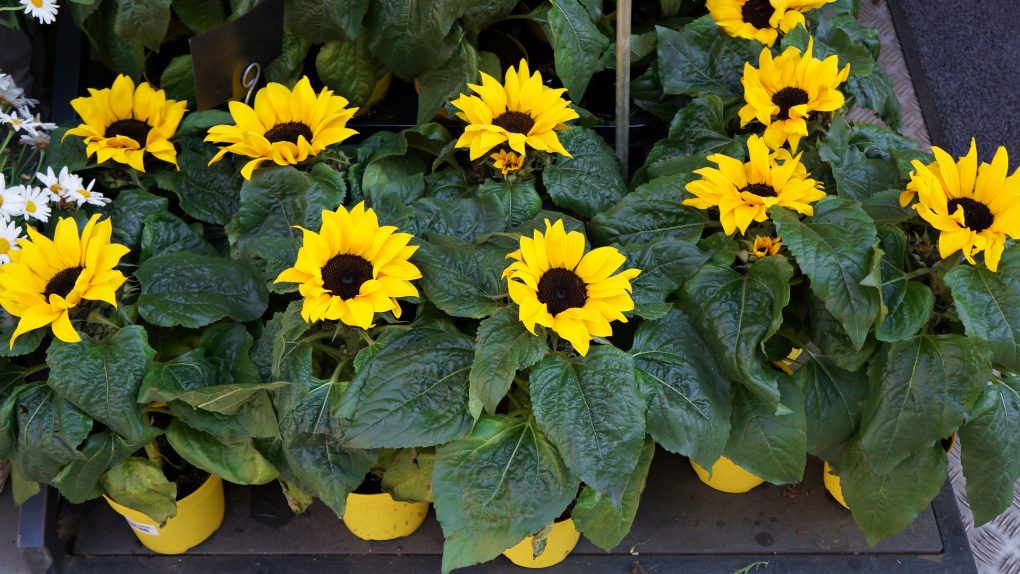
On the other hand, mammoth sunflowers require much larger pots that can hold about 5 gallons (19L). For dwarf sunflowers, a pot that is too large can lead to overwatering and root rot. Therefore, choosing the right pot size is crucial for the health and growth of your sunflower.
Material of the Pot
The pot’s material can affect the sunflower’s growth, health, and appearance. Several options are available:
- Terra cotta pots: These are popular for growing sunflowers because they allow proper drainage. However, they can be fragile and prone to cracking in extreme temperatures.
- Plastic pots: These are lightweight, durable, and come in various sizes and colors. They are less expensive than terra cotta pots but do not provide adequate insulation and can become too hot or cold in extreme temperatures.
- Ceramic pots: Ceramic pots are durable and offer a range of colors and designs. They provide adequate insulation for the sunflower’s roots but can be heavy and expensive compared to other materials.
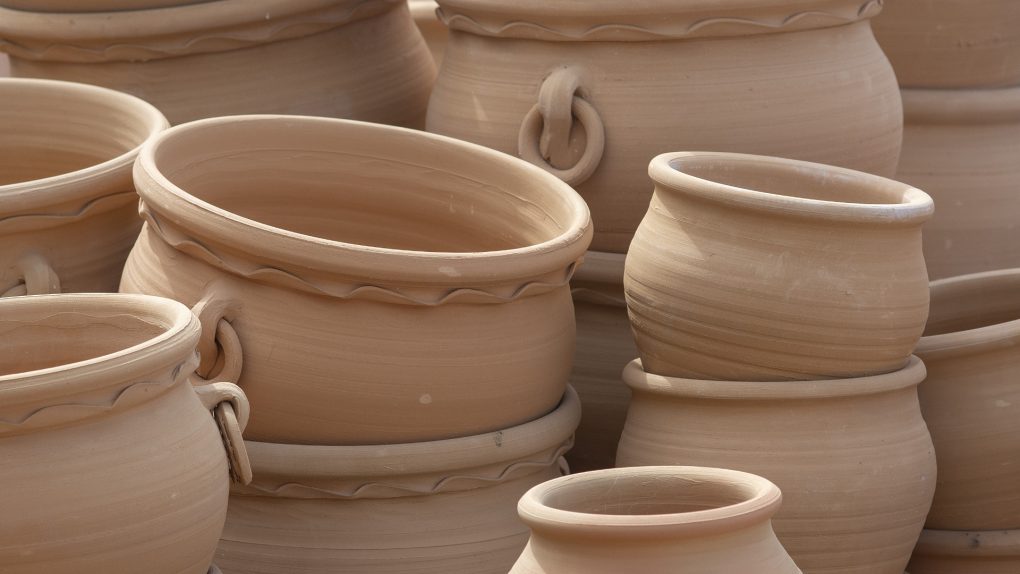
Consider your climate, budget, and personal preference when choosing the pot material. The right pot material can help your dwarf sunflower thrive and add a decorative touch to your space.
Preparing the Potting Mix
Properly preparing the potting mix is essential for the successful growth of dwarf sunflowers. It ensures they have the necessary nutrients and growing conditions to thrive. Follow these tips to prepare the potting mix:
Soil Type
Use a light and well-draining soil for the potting mix. You can create a suitable mix by combining equal parts of peat moss, perlite, and vermiculite. Alternatively, a commercial potting mix formulated for flowers or vegetables can be used. Avoid using heavy soils or garden soil as they can become compacted and hinder root growth.
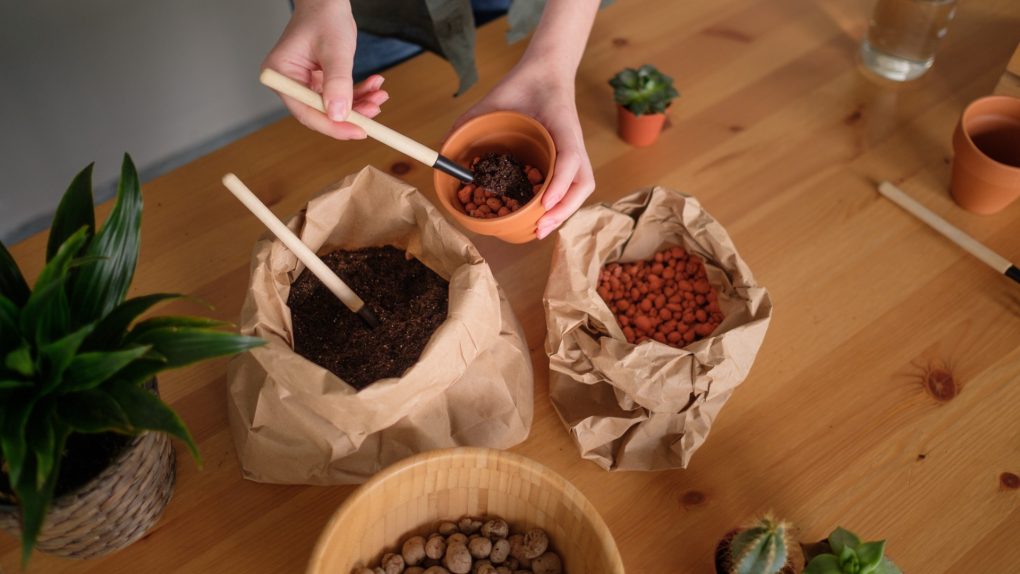
Fertilizers
Regular fertilization is necessary for the growth and blooming of dwarf sunflowers. When preparing the potting mix, incorporate a slow-release fertilizer that provides nutrients over several months. Adding compost or well-rotted manure can also enhance the soil with organic matter and nutrients. Be cautious not to over-fertilize, as it can burn the plants and harm their roots.
Drainage
Good drainage is crucial for growing dwarf sunflowers in pots. To ensure proper drainage, place a layer of gravel or broken pottery at the bottom of the pot before adding the potting mix. This allows excess water to drain away from the roots and prevents waterlogging. Additionally, ensure the pot has drainage holes in the bottom and avoid using saucers that can trap water and cause root rot.
Planting Dwarf Sunflowers in Pots
Dwarf sunflowers are ideal for small gardens, balconies, and patios. Follow these tips for planting and caring for them in pots:
Sowing the Seeds
Select a pot at least 6 inches deep with drainage holes. Fill the pot with a good quality potting mix and sow the seeds about 1 inch deep. In a 6-inch pot, place one seed in the center; for larger pots, space the seeds about 4 inches apart. Cover the seeds with soil and water gently.
Maintain moist soil without overwatering. Wait until the top inch of soil is dry before watering again.
Watering
Regular watering is crucial for dwarf sunflowers due to their shallow roots. Water them consistently, especially during hot and dry weather. However, be cautious of overwatering, as it can lead to root rot.
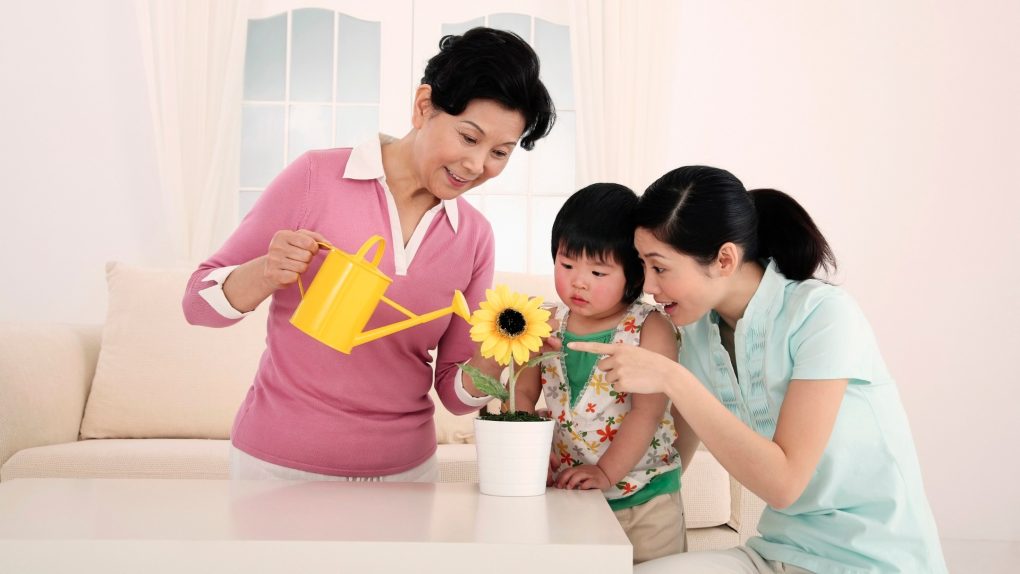
Water the plants early or late in the evening to minimize evaporation. Use a watering can or hose with a gentle spray nozzle for watering.
Light Requirements
Dwarf sunflowers need at least 6 hours of direct sunlight daily for proper growth and blooming. Place them in a spot that receives ample sunlight throughout the day. Position them near a sunny window or under grow lights for indoor cultivation.
Rotate the pot every few days to ensure all sides of the plant receive equal sunlight.
With proper care and attention, dwarf sunflowers can flourish in pots, providing beautiful blooms all season long.
Caring for Dwarf Sunflowers in Pots
Caring for dwarf sunflowers in pots requires specific attention to their needs. This section covers feeding, pruning, and pest control.
Feeding
Regular feeding is necessary to provide the nutrients for dwarf sunflowers in pots to thrive. Fertilize your plants every two weeks with a balanced fertilizer, such as a 10-10-10 or 20-20-20 formula. Follow the package instructions for application rates based on your pot’s size.
Avoid over-fertilization, which can lead to excessive foliage growth and fewer blooms. However, if you notice yellowing leaves or stunted growth, reduce the amount of fertilizer.
Pruning
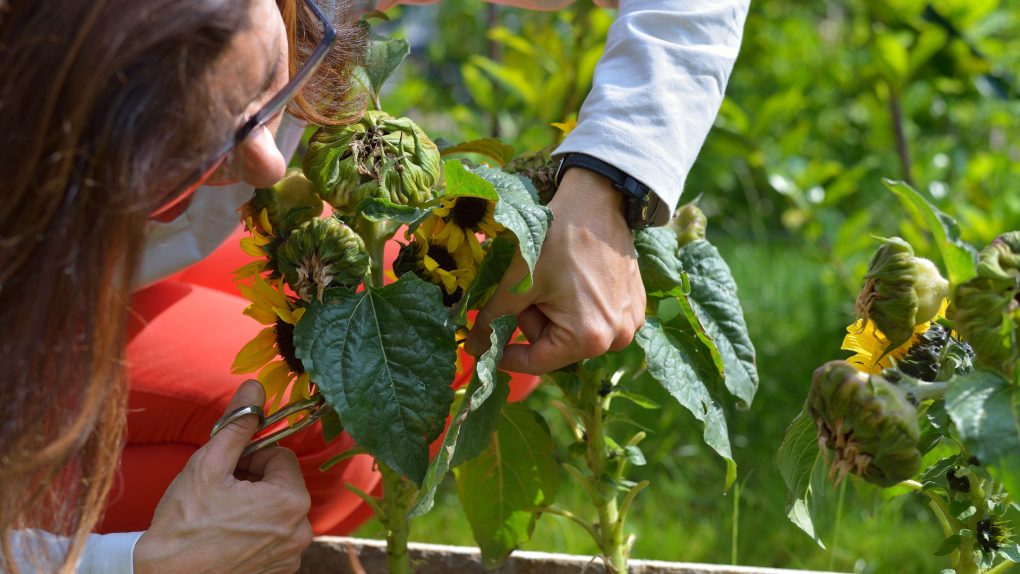
Pruning helps promote bushier growth and increases the number of blooms. Pinch off the top of the plant when it reaches 6-8 inches in height to encourage branching.
Regularly remove dead or dying blooms to prevent disease and stimulate new growth. Additionally, remove yellowing or damaged leaves to maintain the plant’s health and appearance.
Pest Control
While dwarf sunflowers in pots are less susceptible to pests than those grown in the ground, they can still be affected by aphids, spider mites, and other common garden pests. Inspect your plants regularly for signs of infestation, such as yellowing leaves or sticky residue.
If you notice pests, spray your plants with water and dish soap or use an insecticidal soap. Avoid harsh chemicals that can harm beneficial insects by following the product instructions carefully.
By following these tips for feeding, pruning, and pest control, you can ensure your dwarf sunflowers thrive in pots, providing beautiful blooms all season long.
Harvesting Dwarf Sunflowers in Pots
Dwarf sunflowers in pots offer the opportunity to enjoy beautiful blooms and delicious seeds. Consider the following when harvesting them:
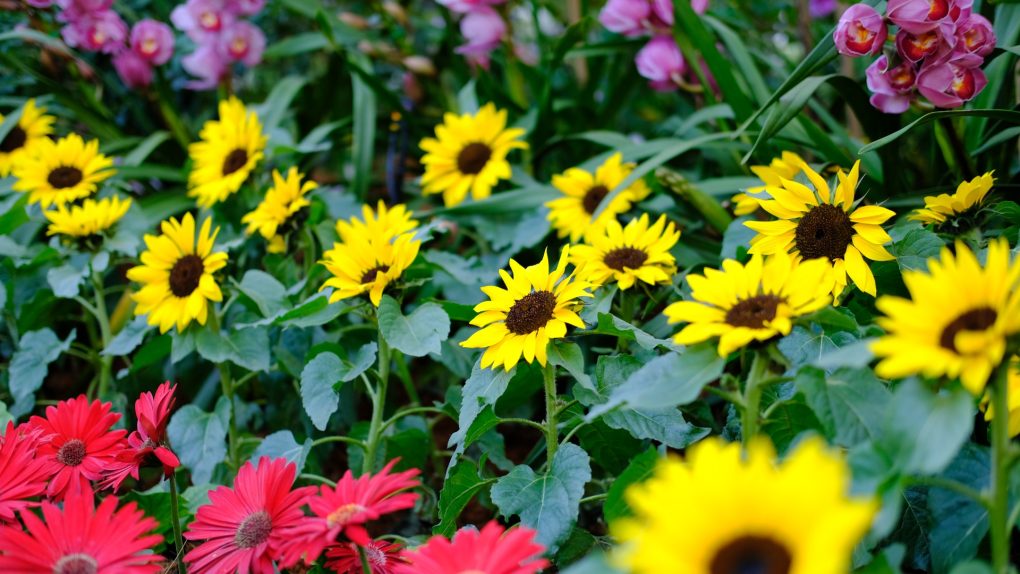
Wait until the sunflowers are fully mature before harvesting. Petals should have fallen off, and the seeds should be fully developed. To check for seed maturity, gently press the back of the flower head. If the seeds are hard and black, they are ready for harvest.
Use sharp scissors or garden shears to cut the stem just below the flower head, leaving some stems attached for easier handling and storage.
Dry the sunflowers by hanging them upside down in a dry, well-ventilated area. Once completely dry, remove the seeds by rubbing them off with your fingers or a fork.
Store the sunflower seeds in a cool, dry place. An airtight container or plastic bag labeled with the date and type of sunflower seeds is recommended.
Harvesting dwarf sunflowers in pots is a rewarding experience that provides beautiful blooms and delicious seeds. You can enjoy the fruits of your labor for months with patience and care.
